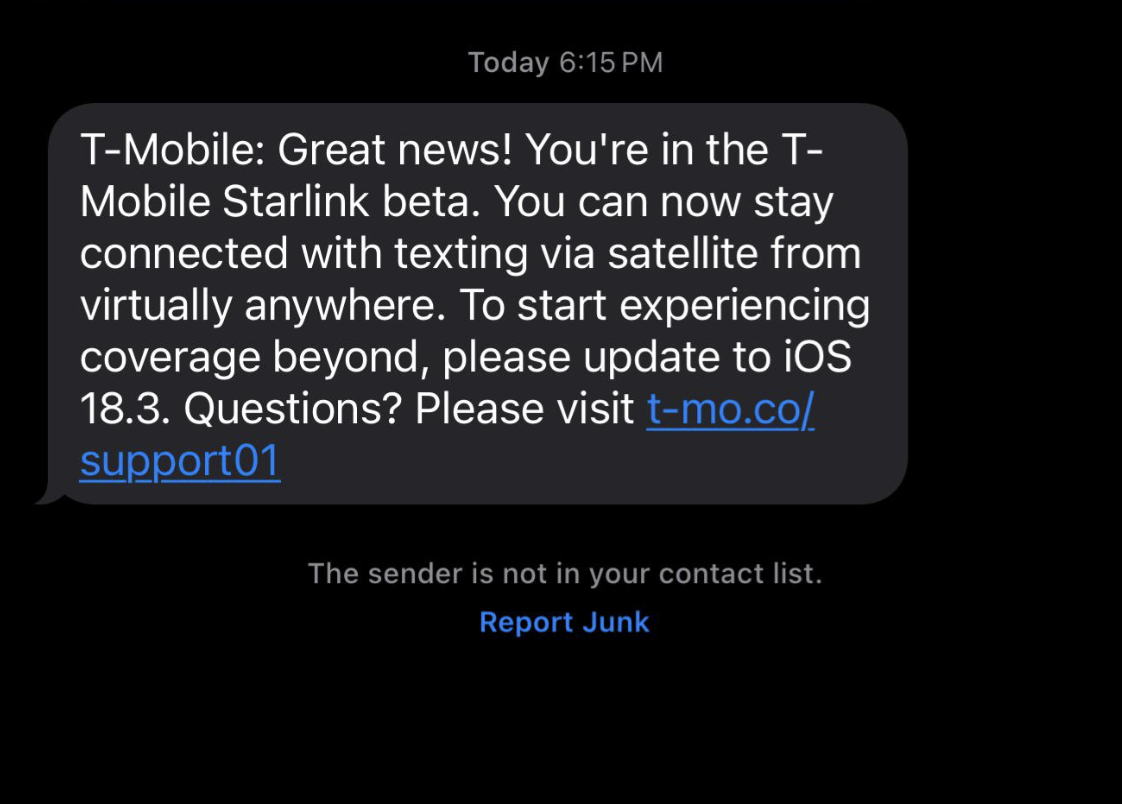The Vision Behind Satellite-Powered Smartphones
The dream of truly global mobile connectivity is fast becoming a reality. As traditional cellular networks struggle to reach remote locations, satellite internet providers like Starlink have stepped in to fill the gap.
Now, imagine the power of that technology combined with the innovation and reach of the iPhone. The potential integration of these two technologies could mark a revolutionary step in how we access the internet.
Why Satellite Connectivity Matters More Than Ever
In many parts of the world, reliable high-speed internet is still a luxury. Whether you're hiking in the Himalayas or living in a rural farming village, spotty mobile service is a constant problem.
This is where satellite internet shines. Unlike traditional cell towers, satellites can cover expansive areas without the need for complex infrastructure on the ground.
If smartphones, especially ones as globally used as the iPhone, can tap into satellite networks like Starlink, it could eliminate dead zones and bring reliable connectivity to places that have never had it before.
Apple's History of Disruption
Apple has a long-standing tradition of leading technological shifts. From the first iPhone reshaping the mobile phone industry to Apple Silicon changing the computing landscape, the company has never shied away from bold innovation.
Its recent moves suggest growing interest in satellite technology.
In fact, Apple already introduced satellite-based SOS features in its latest models, enabling users to send emergency messages even without cellular coverage. This feature was only a small glimpse into the massive potential of satellite integration.
The Role of Starlink in Apple’s Future Strategy
While neither company has formally confirmed a deep partnership, industry speculation continues to grow. Starlink, a division of Elon Musk’s SpaceX, currently operates the largest satellite internet network in the world.
With thousands of satellites already in low Earth orbit, Starlink is well-positioned to support direct-to-device communication.
If a future iPhone were to offer seamless access to this network, it would represent a monumental shift in mobile internet access.
Users wouldn't be limited to terrestrial carriers but could theoretically enjoy global service—ideal for travellers, remote workers, and emergency responders.
Challenges That Still Lie Ahead
Of course, several hurdles must be addressed before such integration becomes widespread. Regulatory approval, bandwidth allocation, hardware limitations, and cost considerations all pose significant challenges.
Not to mention, incorporating satellite communication capabilities without increasing the size or reducing the battery life of smartphones is no easy feat.
Furthermore, any collaboration between Apple and Starlink would need to ensure that user privacy and data security—two of Apple's most public commitments—are upheld to the highest standards.
Looking Ahead: What This Could Mean for Users
If realised, this integration could redefine what it means to be “connected.” For users, this could mean:
Constant access to the internet and communication services, no matter the location
Faster disaster response and improved emergency services
Greater freedom for digital nomads and global businesses
Reduced dependence on traditional mobile networks
This could also put pressure on cellular service providers to improve their offerings or adopt similar hybrid solutions involving satellite connectivity.
Conclusion
While the full realisation of an iPhone Starlink partnership remains on the horizon, the implications are profound.
By bridging cutting-edge satellite technology with consumer-friendly smartphones, the digital divide could be significantly reduced. Whether for casual users, global travellers, or those living in remote areas, the promise of uninterrupted internet access could soon be in everyone’s pocket.
